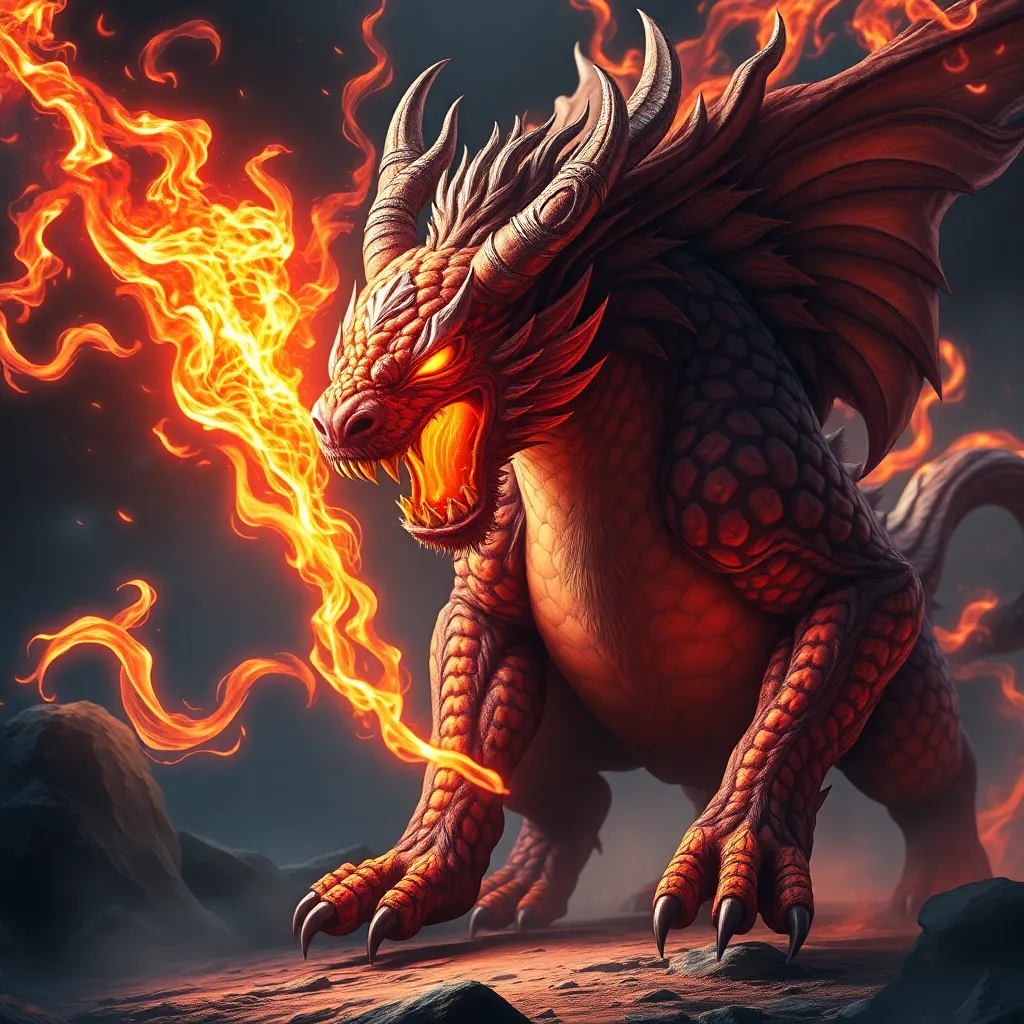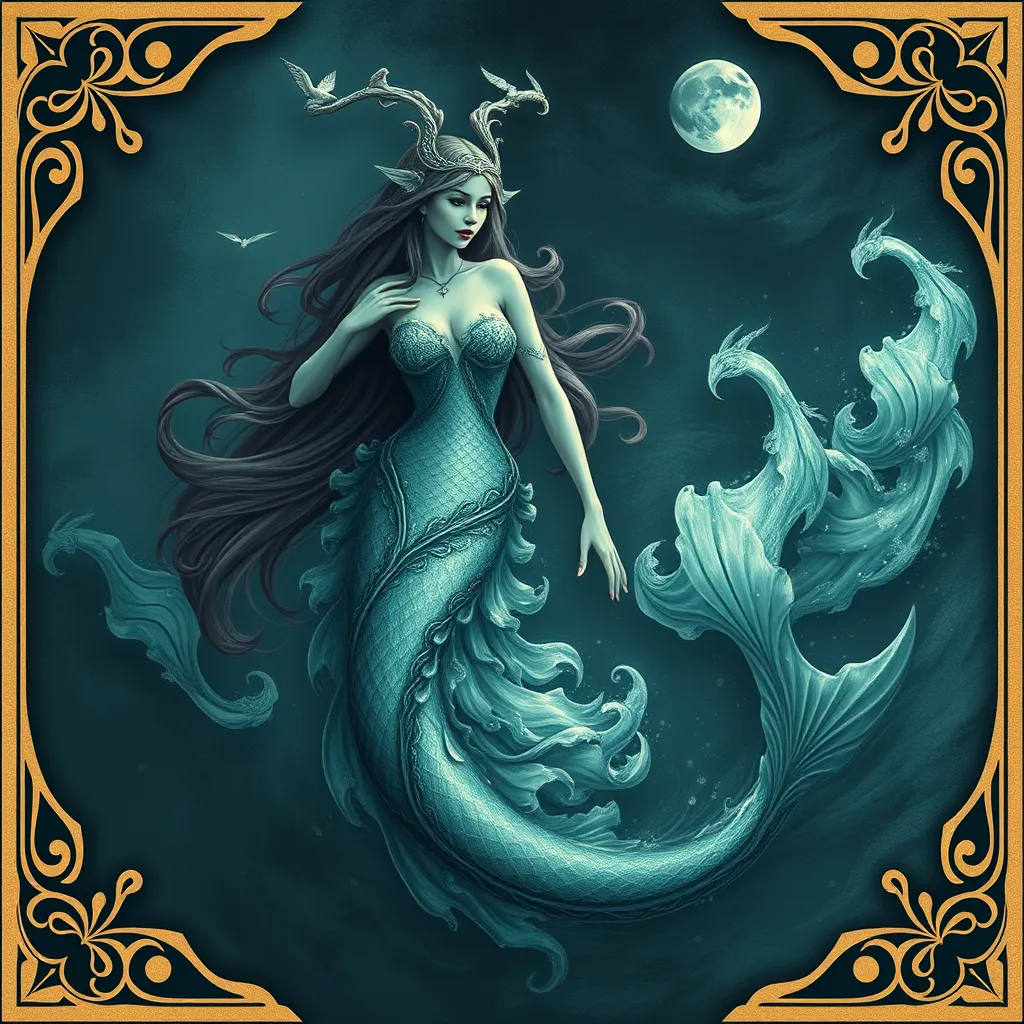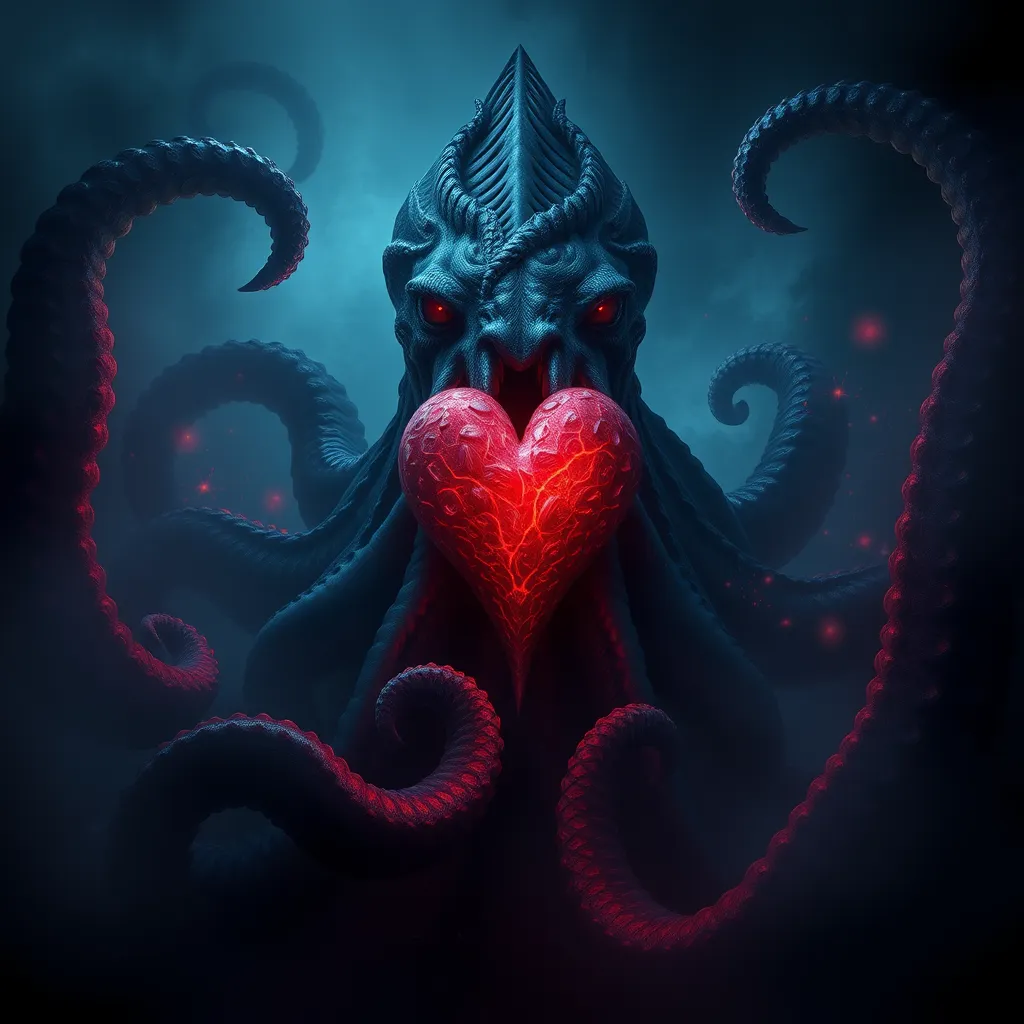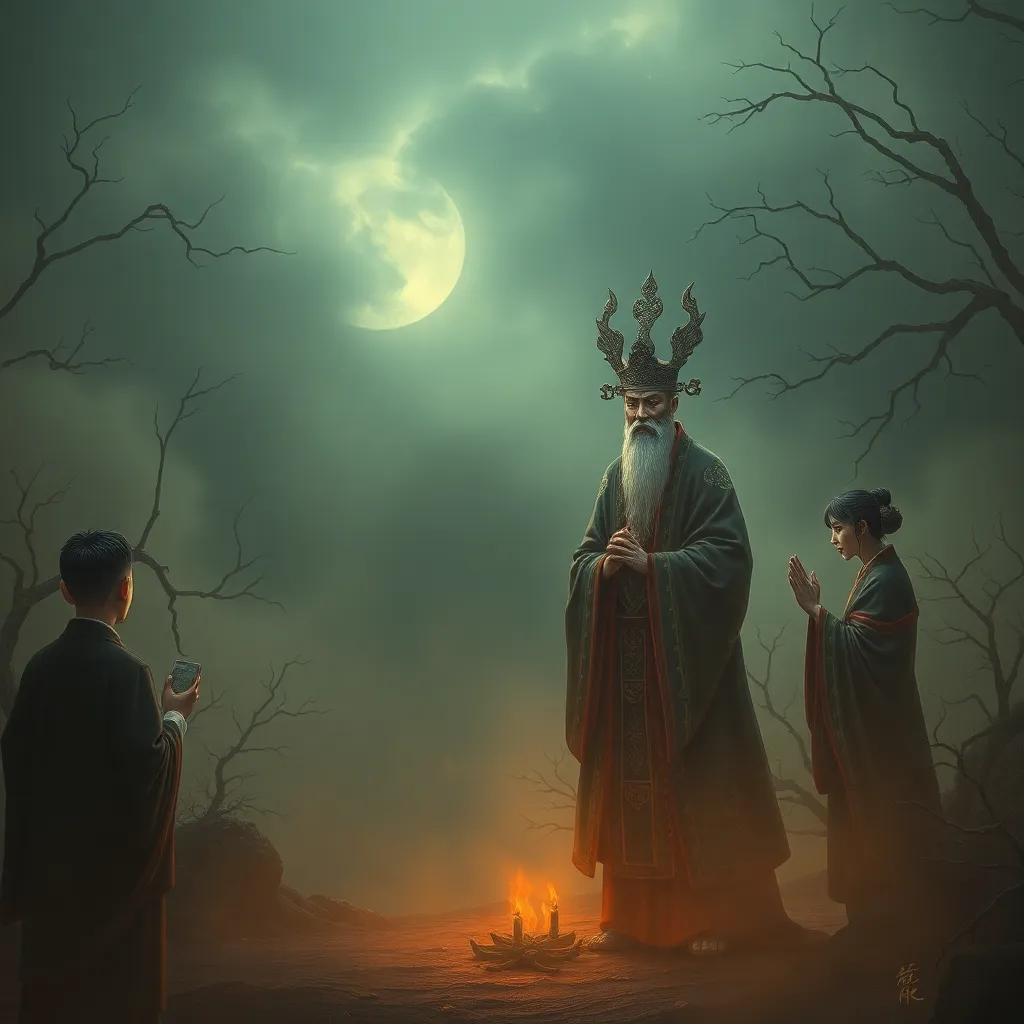The Manticore’s Powers: Examining its Abilities and Strengths
I. Introduction
The Manticore is a legendary creature that has captivated the imagination of many throughout history. With the body of a lion, the wings of a bat, and the tail of a scorpion, this formidable beast originates from ancient mythologies. Understanding the Manticore’s powers and abilities is crucial as it offers insights into the fears and fascinations of the societies that created it.
This article aims to explore the various aspects of the Manticore, from its historical context and physical attributes to its representation in literature and art. By examining these elements, we can appreciate the complexity and richness of this mythical creature.
II. Historical Context
A. Origins of the Manticore in ancient texts
The Manticore first appeared in ancient Persian mythology, where it was known as Martichora. The name itself translates to man-eater, which reflects its fearsome reputation. Classical texts, such as those by Ctesias, describe it as a hybrid creature that embodies the terror of the unknown.
B. Cultural significance in different civilizations
In addition to Persian origins, the Manticore found a place in Greek and Roman stories. It was often associated with themes of danger and the exotic, representing the fears of the outer world and the unknown. The creature became a symbol of the wild and untamed aspects of nature.
C. Evolution of the Manticore’s depiction over time
Over the centuries, the depiction of the Manticore has evolved. Initially portrayed as a monstrous beast, it gradually took on more symbolic meanings in literature and art. The Renaissance period saw a resurgence of interest in mythological creatures, further solidifying the Manticore’s place in Western culture.
III. Physical Attributes
A. Description of the Manticore’s appearance
The Manticore is typically depicted with the following characteristics:
- A lion’s body, symbolizing strength and power
- Human-like facial features, often with sharp teeth
- Bat-like wings that enable flight
- A long, scorpion-like tail, which is its most deadly feature
B. Examination of its anatomy and how it contributes to its powers
The anatomy of the Manticore plays a significant role in its powers. The lion’s body provides immense strength, while the wings allow for agility and speed in the air. The tail, equipped with a venomous stinger, adds a lethal weapon, making the Manticore a fearsome opponent.
C. Comparison with other mythical creatures
When compared to other mythical creatures, the Manticore stands out due to its unique combination of attributes. Unlike the Gryphon, which combines an eagle and a lion, or the Chimera, which blends multiple creatures, the Manticore’s human-like features and scorpion tail create a distinctive identity that embodies both beauty and terror.
IV. The Manticore’s Venomous Tail
A. Description of the tail’s characteristics
The Manticore’s tail is one of its most iconic features. It is long and flexible, ending in a sharp stinger that can deliver a potent venom. This venom is often described as both paralyzing and lethal, making it a formidable weapon in the Manticore’s arsenal.
B. Effects and implications of its venom
The effects of the Manticore’s venom are often depicted as devastating. Victims of its sting may experience excruciating pain, paralysis, or even death. This aspect of the Manticore underscores its role as a predator, reinforcing the themes of danger associated with this creature.
C. Symbolism of the venom in mythology
In mythology, the venom of the Manticore symbolizes both physical and psychological danger. It represents the fears that lie beneath the surface of civilization—instinctual and primal urges that can be deadly if unleashed.
V. Supernatural Abilities
A. Overview of the Manticore’s speed and agility
The Manticore is often described as incredibly fast and agile. Its wings allow it to soar through the skies, while its lion-like body provides the strength to pounce on unsuspecting prey. This combination makes it a formidable hunter.
B. Analysis of its strength and combat skills
The Manticore’s strength is a defining attribute. It is depicted as capable of overpowering large animals and even humans. Its combat skills, enhanced by its agility and venomous tail, make it a fearsome adversary in battle.
C. Discussion of any magical or psychic abilities attributed to the Manticore
In some legends, the Manticore is also attributed with magical or psychic abilities. These may include the power to hypnotize victims or to cast illusions, enhancing its status as a creature of terror. Such abilities further deepen the mystery surrounding the Manticore.
VI. The Manticore in Literature and Art
A. Representation in classical literature
The Manticore appears in various classical texts, often representing the otherness of exotic lands and the dangers that lie beyond the known world. Its portrayal in works by authors such as Pliny the Elder illustrates the fascination and fear surrounding this creature.
B. Artistic interpretations throughout history
Throughout history, artists have depicted the Manticore in various styles. From medieval manuscripts to Renaissance paintings, the Manticore’s image has evolved while retaining its core characteristics. These artistic interpretations reflect the cultural attitudes towards fear and adventure.
C. Modern references in popular culture
In contemporary culture, the Manticore has influenced various forms of media, including literature, films, and video games. Its portrayal continues to captivate audiences, often as a symbol of danger and the unknown.
VII. The Manticore as a Symbol
A. Exploration of the Manticore’s symbolism in various contexts
The Manticore serves as a potent symbol in various contexts, often embodying the duality of beauty and danger. It represents the allure of the unknown while simultaneously warning of the potential perils that come with it.
B. Connection to themes of danger and allure
In many narratives, the Manticore symbolizes the seductive nature of danger. It attracts adventurers and heroes with its beauty, only to reveal its lethal capabilities. This theme resonates with human psychology, reflecting our complex relationship with risk and reward.
C. Examination of its role as a metaphor in human psychology
Psychologically, the Manticore can be seen as a metaphor for our inner fears and desires. It embodies the struggle between our impulses and the constraints of society, reminding us of the wildness that resides within.
VIII. Conclusion
In summary, the Manticore is a multifaceted creature rich with powers and strengths that have fascinated people for centuries. Its historical context, physical attributes, and supernatural abilities paint a picture of a being that embodies both beauty and terror.
The enduring legacy of the Manticore in mythology and culture speaks to its relevance in contemporary society, reminding us of the universal themes of danger, allure, and the complexity of the human psyche. As we continue to explore these mythological creatures, we find reflections of our own fears and aspirations within them.



